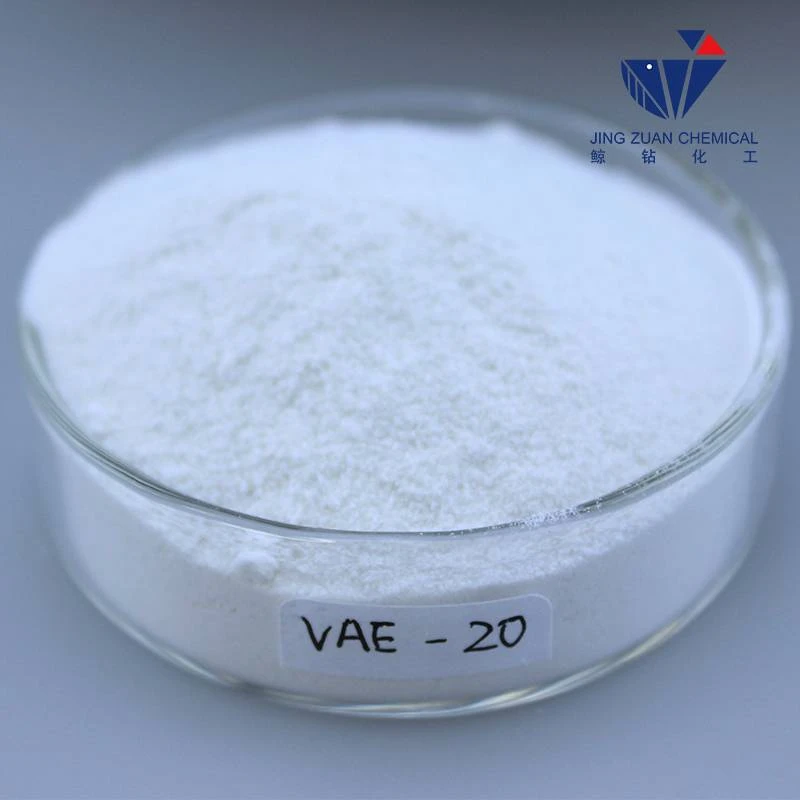
Dic . 11, 2024 12:08 Back to list
hydroxyalkyl cellulose
Hydroxyalkyl Cellulose A Versatile Polymer for Diverse Applications
Hydroxyalkyl cellulose (HAC) is a non-ionic, water-soluble polymer widely used in various industries due to its unique properties and functionality. As a derivative of cellulose, HAC is synthesized through the etherification of natural cellulose, making it an environmentally friendly option for many applications. This article explores the various aspects of hydroxyalkyl cellulose, including its properties, synthesis, applications, and future prospects.
Properties of Hydroxyalkyl Cellulose
HAC exhibits several advantageous properties that make it suitable for industrial use. One of its most significant characteristics is its water solubility. Depending on the alkyl group used during synthesis, hydroxyalkyl cellulose can be soluble in cold water, allowing easy incorporation into various formulations. This solubility is crucial for applications in pharmaceuticals, cosmetics, and food products where uniform dispersion is required.
The polymer's thickening and gelling capabilities are also notable. Hydroxyalkyl cellulose can significantly increase the viscosity of solutions, which is essential in creating stable emulsions and suspensions. Additionally, its ability to form gels under specific conditions enables its utilization in controlled-release formulations in drug delivery systems.
Another key property of HAC is its excellent surface-active characteristics, making it an effective emulsifier and stabilizer. Its amphiphilic nature aids in reducing surface tension and improving the stability of products, such as creams and lotions, in personal care formulations.
Synthesis of Hydroxyalkyl Cellulose
The synthesis of hydroxyalkyl cellulose typically involves the reaction of cellulose with hydroxyalkylating agents like ethylene oxide or propylene oxide. The reaction conditions, including temperature and pH, play a vital role in determining the degree of substitution, which ultimately influences the solubility and viscosity of the final product.
The degree of substitution refers to the average number of hydroxyalkyl groups substituted on the cellulose backbone. Depending on the required application, manufacturers can tailor HAC to enhance specific properties, making it a highly customizable material.
Applications of Hydroxyalkyl Cellulose
hydroxyalkyl cellulose

Hydroxyalkyl cellulose finds a wide range of applications across various sectors, including pharmaceuticals, food, cosmetics, and construction.
1. Pharmaceuticals HAC is often used as a thickener and stabilizer in liquid formulations, such as syrups and suspensions. Its ability to improve the viscosity of solutions aids in drug delivery, ensuring that active ingredients remain evenly distributed.
2. Cosmetics In the cosmetics industry, hydroxyalkyl cellulose acts as a thickening agent, stabilizer, and film-forming agent. It is commonly found in lotions, gels, shampoos, and other personal care products, contributing to texture, consistency, and product stability.
3. Food Industry HAC is approved for food use as a thickening agent and emulsifier. It helps improve the mouthfeel and texture of various food products, including dairy items, sauces, and dressings.
4. Construction In construction materials, such as mortars and adhesives, hydroxyalkyl cellulose serves as a water-retention agent. It enhances the workability of these materials, ensuring they remain workable for extended periods during application.
Future Prospects
The versatility of hydroxyalkyl cellulose ensures that it will continue to be relevant in various fields. Ongoing research focuses on enhancing its properties and expanding its applications, particularly in sustainable and eco-friendly products. As consumers increasingly demand natural and biodegradable materials, HAC stands out as an ideal candidate for numerous applications, aligning with environmental concerns.
Moreover, advancements in biotechnology and green chemistry may lead to more efficient and sustainable synthesis processes for hydroxyalkyl cellulose. These innovations could further lower production costs and improve the material's overall sustainability profile.
In conclusion, hydroxyalkyl cellulose is a multipurpose polymer that plays a critical role in various industries. Its unique properties—such as water solubility, thickening capabilities, and emulsifying characteristics—make it an invaluable ingredient in pharmaceuticals, cosmetics, food, and construction. As research continues to explore new avenues for its application and synthesis, HAC is poised to become an even more integral component in developing safe, effective, and sustainable products for the future.
-
Unlocking the Benefits of HPMC Products: A Gateway to Versatile Applications
NewsAug.07,2025
-
Unleashing the Potential of HPMC Ashland: A Comprehensive Look
NewsAug.07,2025
-
Tile Bonding Cellulose: The Key to Superior Adhesion and Durability
NewsAug.07,2025
-
Hydroxypropyl Methylcellulose Powder: The Versatile Component in Modern Pharmaceuticals
NewsAug.07,2025
-
Hydroxyethyl Cellulose: The Versatile Solution for Various Industries
NewsAug.07,2025
-
Hydroxyethyl Cellulose (HEC): The Versatile Polymer for Various Applications
NewsAug.07,2025







